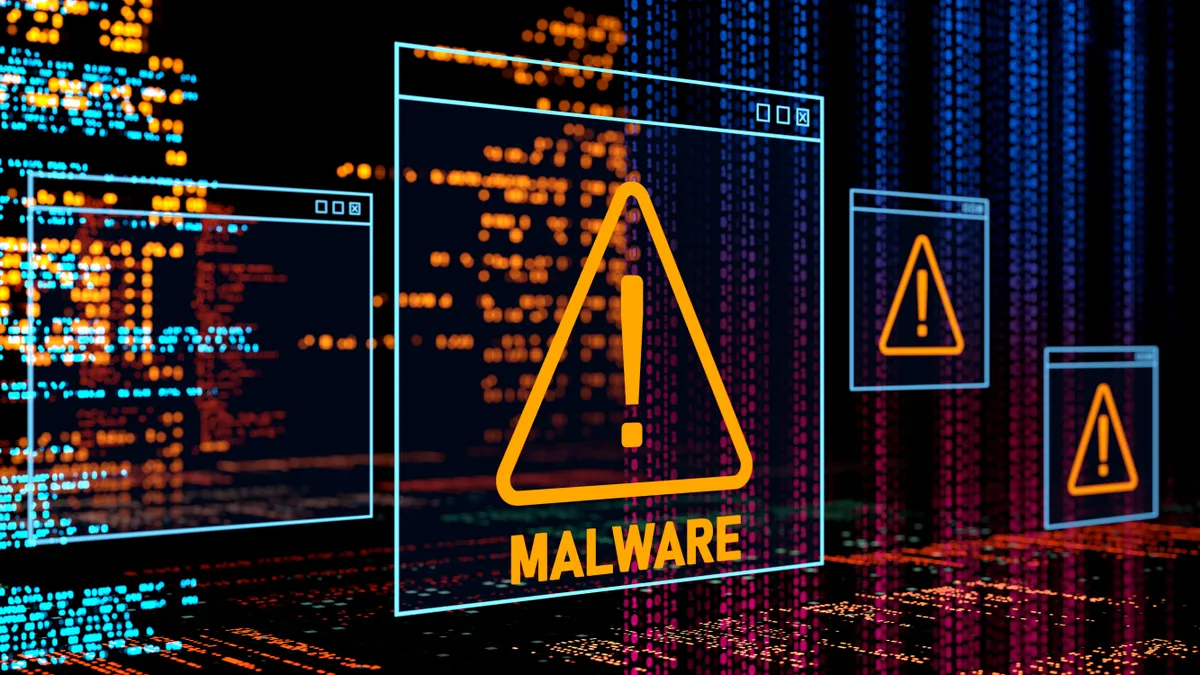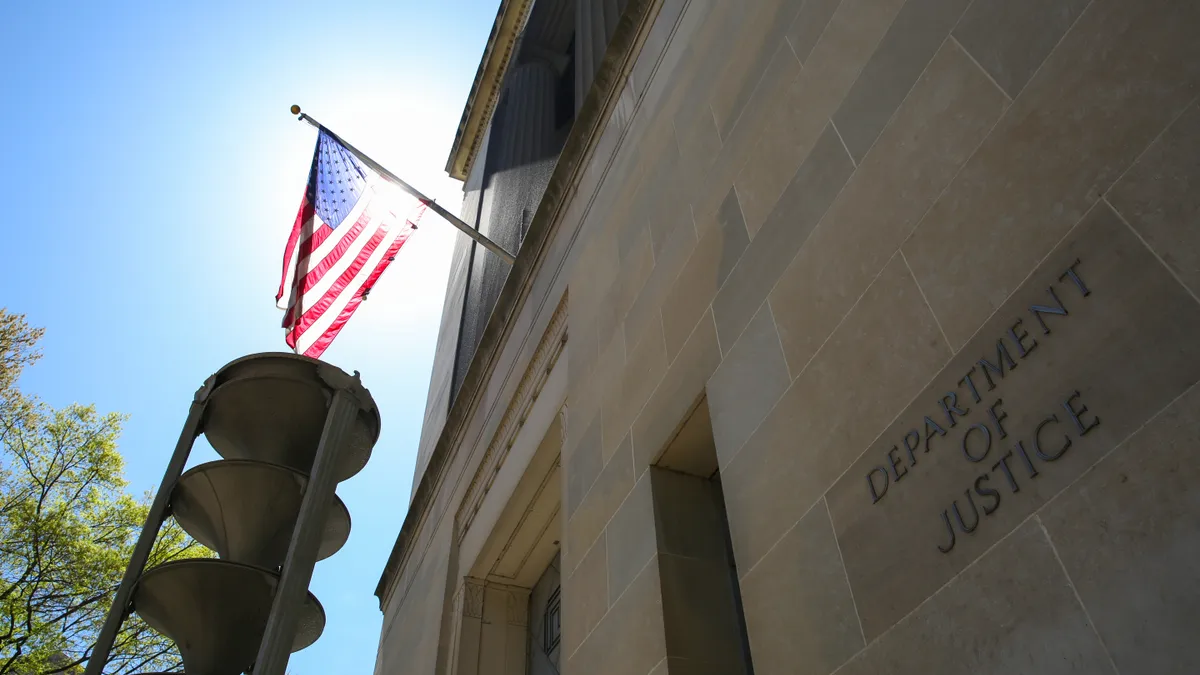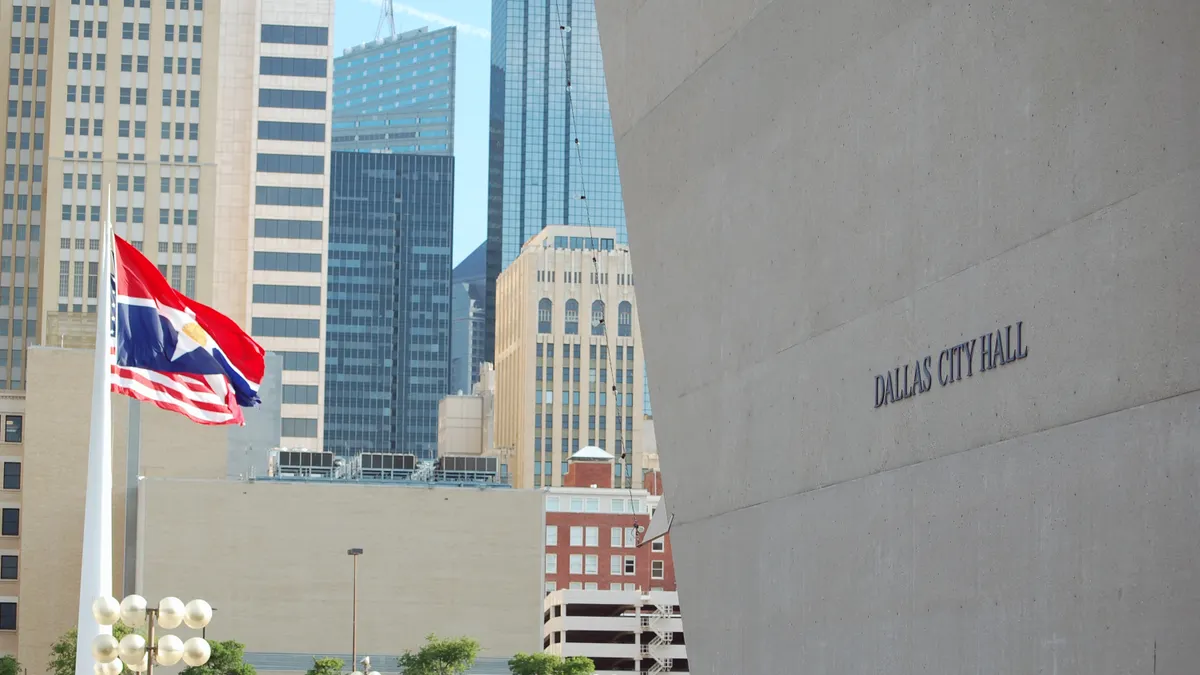Since former President Barack Obama pledged in his 2011 State of the Union address that high-speed wireless would be available to 98% of Americans, there have been fervent discussions about how to get broadband into rural communities.
President Trump’s infrastructure proposal this year called for $50 billion in rural spending, including on broadband, and many Congressional efforts have targeted rural America to achieve the goal of "connecting every part of America to the digital age," as Obama said.
But a recent report from the nonprofit National Digital Inclusion Alliance (NDIA) serves as a reminder that broadband access problems aren't limited to rural areas — many large cities have even starker digital divides.
By analyzing data from the 2016 American Community Survey on broadband access and subscriptions, the group found nearly 57% of residents in Detroit lacked fixed broadband, the second highest percentage of areas with more than 50,000 households in the nation (Brownsville, TX had the biggest divide with 67% of citizens lacking access). Coming in at number five was Memphis, TN, with 49%, followed by Cleveland at number six with 48.5% and Miami at number eight with 47%.
"Considering we do have a lack of infrastructure in rural areas, the assumption is that cities are fine," said Angela Siefer, executive director of NDIA. "Plenty are not."
The Federal Communications Commission’s (FCC) fixed broadband service map for Cleveland shows that largely minority areas like East Cleveland, Glenville and Collinwood have just one or two service options, and some areas of East Cleveland have just satellite options.
Even in those areas where service is offered, subscriptions remain low, said Adam King, senior associate of marketing and outreach at the Cleveland nonprofit DigitalC.
"For the most part, the cables are there, but it’s not getting pulled up into people’s houses," King said. "Usually the excuse you hear is that it’s too expensive to build a new outlet for a household that won’t pay $100 a month for internet."
"People tell these communities to pull yourself up by your bootstraps. I like to say you can’t do that without boots."

Adam King
Senior Associate of Marketing and Outreach, DigitalC
For residents, that means being out of step with an increasingly digital society. The availability of free access at libraries or schools can’t make up for the opportunity lost when the internet is not accessible for schoolwork, job applications or personal finance at home. Even the 2020 Census will be conducted primarily online.
"I don’t want to sound ominous, but taking away the internet today is like taking away electricity," King said. "People tell these communities to pull yourself up by your bootstraps. I like to say you can’t do that without boots."
For cities, a digital divide is also a barrier to urban revitalization and the full realization of a "smart city" vision (a May survey published by Governing said a dedicated digital literacy office is a trait of a high performing city). Baltimore this spring released its Inclusive Digital Transformation Strategic Plan, which promised to "establish a tech ecosystem" that also "dismantles the digital divide."
In a February statement announcing the effort, Mayor Catherine Pugh said it would "help us plan for the future and avoid lock-in to legacy technology," but the document also acknowledged that to do so would require the city to "increase the level of engagement with all members of the community, of every age."
Ed Blayney, Innovation Project Manager for the city of Louisville, KY, said the city realized early on that efforts to revitalize neighborhoods would hit a wall without addressing broadband access.
"You want businesses in all different parts of your city, but what business is going to open on a block where there’s no fiber?," he said. "It’s an economic development matter. It’s like digital revitalization."
More than just infrastructure
Blayney said he didn't try to get hung up with data or complex studies when he dedicated himself to addressing the city’s digital divide. "We know that nationally low-income people lack broadband access, we know the neighborhoods where that might happen in Louisville, so we started with the low-hanging fruit," he said.
Even though broadband access is an infrastructure problem, the first step for most cities isn't physical — it is educational. Unlike rural areas, where there may be no cable for miles, most urban neighborhoods have some access to fiber networks, but residents aren't taking advantage. Blayney said a key first step was making sure residents knew about discounted service plans that some providers offer to residents who qualify for SNAP benefits or meet certain income thresholds, like Comcast’s $10-per-month Internet Essentials plan.
Even though those plans are offered in many cities, they’re often not well advertised and awareness remains low.
Another barrier is the availability of equipment. A smartphone can only do so much, so some cities have been recycling computers to donate to disconnected residents. That’s a simple barrier, but one that can make a huge difference for a student who needs to do homework, or a family filling prescriptions online. Seattle, for example, deployed more than 100 devices in 2016 through equipment refurbishment.
Even with all that information, residents may not see internet as an essential expense, which is where digital literacy comes in. After a months-long citywide survey, Seattle found many disconnected residents wanted skills training, ranging from individual tutoring to larger workshops on a variety of topics, and distributed grants to local nonprofits targeting groups such as immigrants for more specific skills trainings.
The goal is to make residents aware of why internet can be so important, and how to use it. For people who have not grown up with internet access at home, it may not seem like an essential investment — especially on a tight budget. Literacy training, supporters say, makes people more likely to want to invest in the internet, and helps boost the entire city’s digital prowess.
Louisville’s Blayney said the city has invested in a tech community center in a traditionally underserved Russell neighborhood, offering trainings and classes. But one of the most influential steps was simply holding a multi-day startup conference in the space, bringing tech creators directly into the neighborhood to make them more accessible.
"A community resident happened to walk in and now she’s working with the chamber of commerce to start a small business," Blayney said. "That’s a new business owner, all because we made technology accessible to more people."
New infrastructure horizons
Universal blazing fast internet is a top goal for many cities, whether that be through the rollout of 5G networks or municipal wireless. Cities such as Longmont, CO and Chattanooga, TN run their own municipal networks, which can expand service around the city without the profit concerns of a private provider. San Francisco and other cities have eyed their own universal internet networks, although San Francisco has slowed its effort amid its mayoral transition.
Private partners can play a big role — the Housing Authority of the City of Austin, TX, for example, partnered with Google Fiber for its "Unlocking the Connection" initiative to bring an affordable internet connection to 4,300 public housing residents.
Facebook has said publicly it wants to bring internet to the 3.8 billion people worldwide who don’t have access, and has partnered with Qualcomm on technology that would expand it to dense urban areas, where high-speed wireless transmissions can be challenging. Facebook has not announced where its Terragraph technology would launch, but expect those early test cities to see a dent in the digital divide.
But NDIA’s Seifer was quick to warn that a broader technology push doesn't mean instant access without a firm strategy in place.
"As we roll out new technologies, they’ll get rolled out to the same old areas," she said. "If there’s no regulation telling providers where to put 5G and your bottom line is profit, would you put it everywhere if that meant neighborhoods with low subscriptions?"
That has left some communities fending for themselves. In Detroit, a network of nonprofits worked for 18 months on the Equitable Internet Initiative, which provided shared gigabit networks to three underserved areas, an ad hoc network beamed from towers atop tall buildings, along with digital literacy training.
In Cleveland, King’s DigitalC is also working on a DIY network, weaving together router signals in a mesh network that blankets a neighborhood with wireless, modeled after similar work in Spain. It’s not perfect, King says, but it is cheaper than asking a company to build out physical infrastructure, and it’s a compelling story that activists can take to city officials to make the case for public help.
"The squeaky wheel gets the grease, so we’re going to make noise for the forgotten people in cities," King said. "So far, literally nothing hasn't been positively influenced when we’ve given more access. If we can create a model, we can tell the city to replicate it as you can."

















